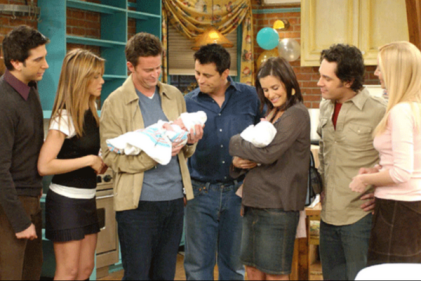 Rabbit make adorable family pets, while taking up little space in your home or garden.
Rabbit make adorable family pets, while taking up little space in your home or garden.
Before choosing the bunny for you, it’s important to learn all there is to know about caring for a pet rabbit, to make sure your pet is happy and healthy for years to come.
Background
- Size: 2 to 20+ pounds depending on the breed
- Lifespan: 7 – 10+ years
- Good with kids?: As rabbit are physically delicate and require specialised vet care, they are not really appropriate for families with young children.
Food
- The most important component of your rabbit’s diet is grass hay, which keeps the intestinal tract healthy. Unlimited hay should always be available.
- You may wish to supplement with good quality rabbit pellets (18% fibre).
- As a treat feed your pet fresh, leafy greens daily, such as kale or cabbage, turnip greens, carrots oranges and apples. You can alternate these weekly to provide variety.
- 80% of your rabbit’s diet should be grass hay while the remaining 20% can be made up of pellets or other vegetables as mentioned above.
- Clean, fresh water, dispensed in a bottle or sturdy bowl, should be available 24/7.
Environment
- Rabbits can be kept indoors or outdoors in a purpose built hutch or if inside a cage.
- Rabbits should not be housed with other rabbits unless all are spayed / neutered and have been carefully introduced on neutral territory.
- The minimum recommended cage length for one rabbit is 3 to 4 feet, but bigger is always better.
- Experts recommend a solid-bottom hutch or metal cage, large dog crate or puppy exercise pen. Wire-bottom cages can ulcerate a rabbit’s feet.
Behaviour and handling
- Rabbits are prey animals and timid by nature, so be patient if your pet seems shy at first. Hand-feeding treats is a nice way to get acquainted.
- Handle your rabbit every day, this is important to keep them social.
- Pick up your rabbit by supporting his forequarters with one hand and his hindquarters with the other. Handle with care – an accidental drop can result in a broken legs and back.
- Never pick up a rabbit by the ears or scruff – this can cause very serious injury.
Litter training
- Clean by nature, most rabbits will choose one corner of the cage as a bathroom. As soon as your rabbit’s choice is clear, put a newspaper-lined litter box in that corner; cover the bottom with hay or pelleted litter.
- Never use pine or cedar shavings as litter, as the fumes can make your pet sick. Clay cat litter can cause respiratory or gastrointestinal problems.
- A rabbit’s urine is usually a milky colour. This may change with diet e.g. can turn red if it has digested clover or beetroot.
Exercise and toys
- Your rabbit needs exercise out of his cage in a safe area – indoors or outdoors – for several hours every day. Your pet is designed for running and jumping.
- Rabbit-proof an indoor area by covering all electrical wires, phone, computer and TV cables, and anything else your rabbit is likely to chew, such as houseplants.
- Outdoor play areas should be fully enclosed. Never leave your pet unsupervised outdoors – even for a few minutes. Rabbits can quickly dig under fences and become prey for other animals such as cats.
- Your pet needs toys to satisfy his natural urges to dig and chew. Safe chew toys include cardboard boxes, an old telephone directory and commercially made chew sticks. Your bunny would love a digging box, such as a cardboard box filled halfway with soil or shredded paper.
Daily care
- Rabbits can be messy, so clean your pet’s cage once or twice weekly. Put your pet in a safe room or alternate cage when you sweep out the cage and scrub it with warm soapy water.
- Change your rabbits litter box daily.
- Brush your pet regularly with a soft brush to remove excess hair.
Signs of illness
- Bring your bunny to the vet annually for check-ups. Don’t wait for your yearly vet visit if you think your pet is sick. If your rabbit stops eating or moving his bowels for six hours or longer, or has watery diarrhoea, seek help immediately. Other signs that something isn’t right include runny nose and eyes, dark red urine, lethargy and fur loss.
- Rabbits should be spayed/neutered by a vet experienced with rabbit surgeries. This prevents unwanted litters, spraying in males and uterine cancer in females.
Rabbit supply checklist
- Hutch or Solid-bottom cage
- Carrier
- Litter Box with Hay or pellet litter
- Grass hay and good quality rabbit pellets
- Sturdy ceramic or metal food bowl
- Ceramic water bowl or water bottle that attached to cage
- Grooming brush
- Digging box and safe chew toys
Image via Pinterest.











